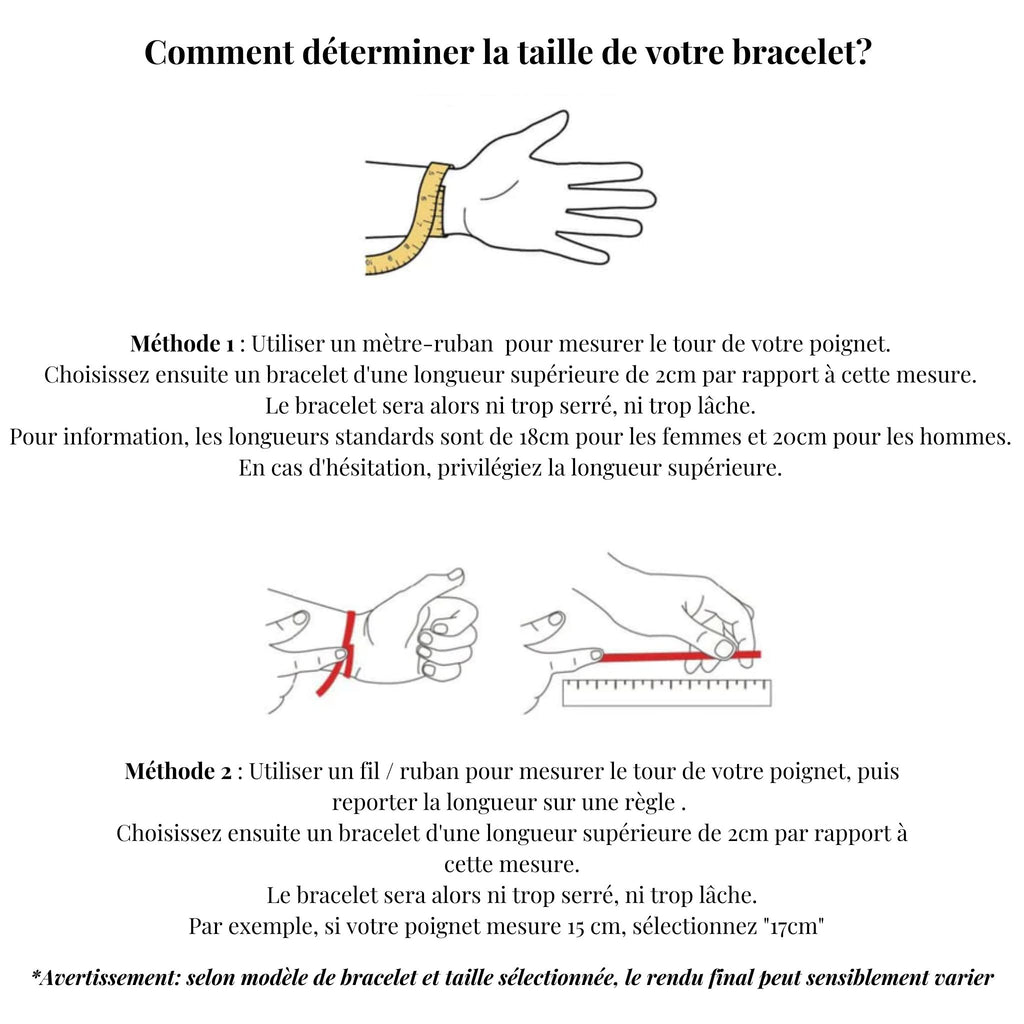Care of Precious Stones

Our gemstone care guide has been designed to give you helpful information on how to best care for your gemstones.
Protect your gemstones by avoiding contact with alcohol-based products, such as perfume or sunscreen, as they can affect the color of the jewelry.
SEMI-PRECIOUS STONES
Generally, semi-precious stones are hard stones which make them durable, easy to wear and clean.
See some semi-precious stones below:
- Amethyst
- Aquamarine
- Blue Topaz
- Zircon
- Diamond
- Garnet
- Peridot
- Rose Quartz
- Ruby
- Sapphire
Semi-precious stones can be cleaned with warm, soapy water. Dip your stone in water for a few seconds and use a jewelry cleaning brush to gently remove any buildup around the stone. When doing this, be careful not to loosen or disrupt the setting of the jewelry.
Rinse thoroughly after cleaning and use a soft, non-abrasive cloth to dry the stone.
It is generally safe to use an ultrasonic cleaner as long as the stone is untreated. We do not recommend steam cleaning, as these semi-precious stones should not be subjected to high heat.
POROUS AND DELICATE GEMSTONES
Porous gemstones are generally more delicate and must be carefully cared for to maintain their beauty.
See some porous and delicate gemstones below:
- Pearl
- Opal
- Emerald
- Amber
- Coral
- Onyx
- Agate
- Dolomite
Most porous gemstones should not be cleaned with water or submerged in water as this can cause discoloration and damage.
Harsh and abrasive products, including cleaners and perfumes, will affect these gemstones, creating defects that will remove their luster. In emeralds, where natural flaws are often filled and hidden with oil, intensive cleaning will remove this oil, producing a similar effect on their appearance.
Even soaking in hot water can damage these gemstones , as the residue left after the water has been absorbed builds up leaving them dull and lacking their original luster. For the same reason, care must also be taken to avoid contact with makeup, perfume or hairspray. When these stones are moistened, they should always be allowed to dry completely before storing.
For best results, use a soft, dry cloth to carefully remove any dirt that has accumulated around the crimp.
We recommend not using ultrasonic cleaning or steam cleaning on porous stones.
SAFE STONE HANDLING
Safe handling of stones requires common sense and a basic understanding of scientific principles.
Brittle stones score 1 to 5 on the Mohs hardness scale. Stones with hardness levels between 6 and 10 can usually be carried in a pocket or bounced around in a bag without breaking. However, if a stone is very thin or has delicate edges, it may chip or break if handled too roughly.
Toxic stones should not be used to make a direct infusion elixir. Other metaphysical sites report that certain stones are toxic because the mineral contains an element such as aluminum, asbestos, copper or sulfur, or because it contains a radioactive element. The idea is that the element could potentially escape from the stone and end up in the water of the elixir.
Here are a few things to keep in mind:
- Aluminum is used for canned goods and soft drinks.
- Asbestos is found in most drinking water. The real danger comes from inhaling fine dust particles into the lungs.
- Copper is regularly used for drinking water pipes in homes.
- Sulfur is found in many foods, such as eggs and broccoli, and is necessary for a healthy diet.
- Radioactive elements sound scary, but the dose is ridiculously low! For example, holding a piece of eudialyte, which contains minor radioactive elements, for 4 hours exposes a person to 0.01 mrem of radioactivity. This is comparable to eating a banana, which is also slightly radioactive due to its potassium content. As an example, radiologists working in a hospital can be safely exposed to 50,000 mrems per year. A lethal dose of radiation is 500,000 mrems.
Some sites go further and suggest that even handling a stone with your bare hands is dangerous. Elements in their solid state have no effect on the skin and can no more escape or pass through it than an apple or a sock. The role of our skin is to prevent solid objects from entering our body, including tiny rock particles. The only exception is a metal allergy. As with any allergy, exposure activates the immune system. With metal allergies, the most common reaction is contact dermatitis, an itchy rash that is irritating but not life-threatening. Interesting fact: Most people who think they are allergic to silver are actually allergic to nickel. Pure silver, like pure gold and pure platinum, is 99.9% hypoallergenic. But all three are too soft to wear as jewelry and must be mixed with other metals to maintain their shape. Nickel is commonly added to silver jewelry and is the most common metal allergy.
In the vast majority of cases, the dangers associated with stones are those that endanger miners and polishers, not collectors and energy healers. In Shivshakti, “toxic” stones are those that can be damaged by water due to the presence of lead or salt. In the first case, the stone rusts. The second will melt the stone.
Sun resistant stones can be left in the sun for long periods of time. These are generally opaque, black, gray or white stones. Colored crystals will lose their color over time if exposed to sunlight regularly. Transparent stones should be kept in indirect light. In rare cases, transparent stones, such as a quartz crystal ball, can act as a prism and start a fire .






















